At 2019’s Chelsea Flower Show, Wild Gardens Take Center Stage
The Best of the Chelsea Flower Show
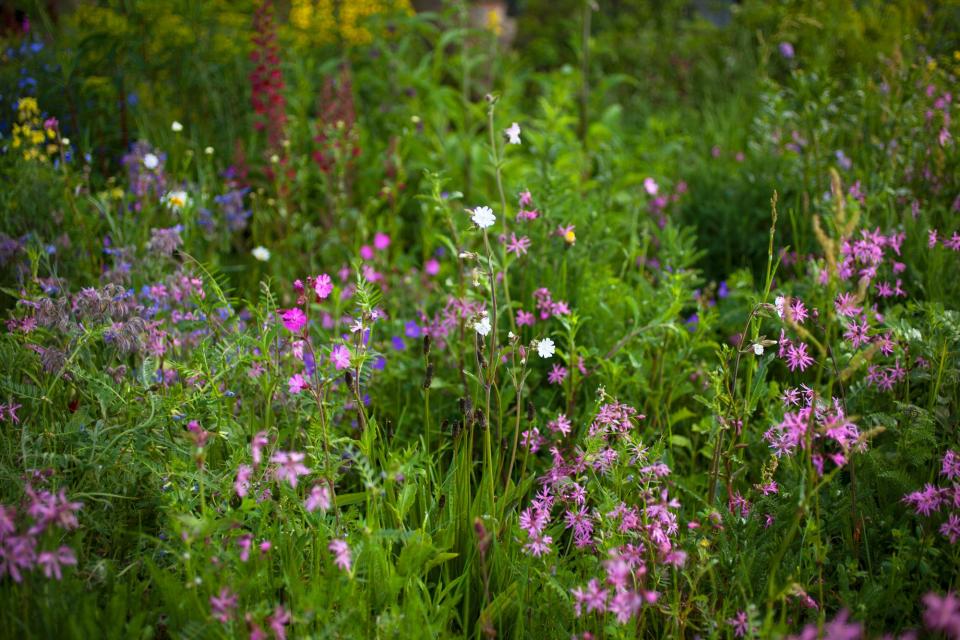
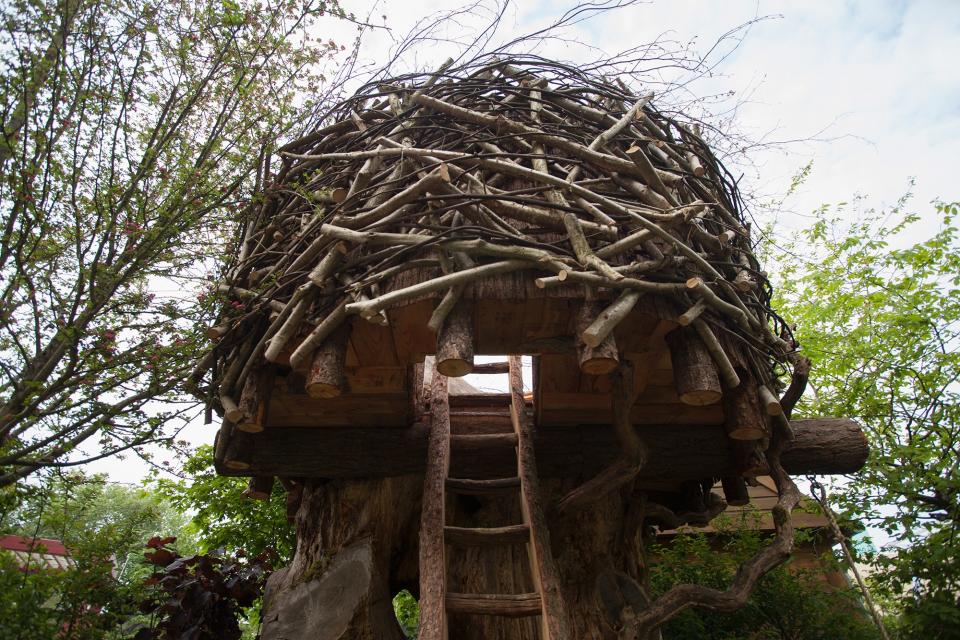
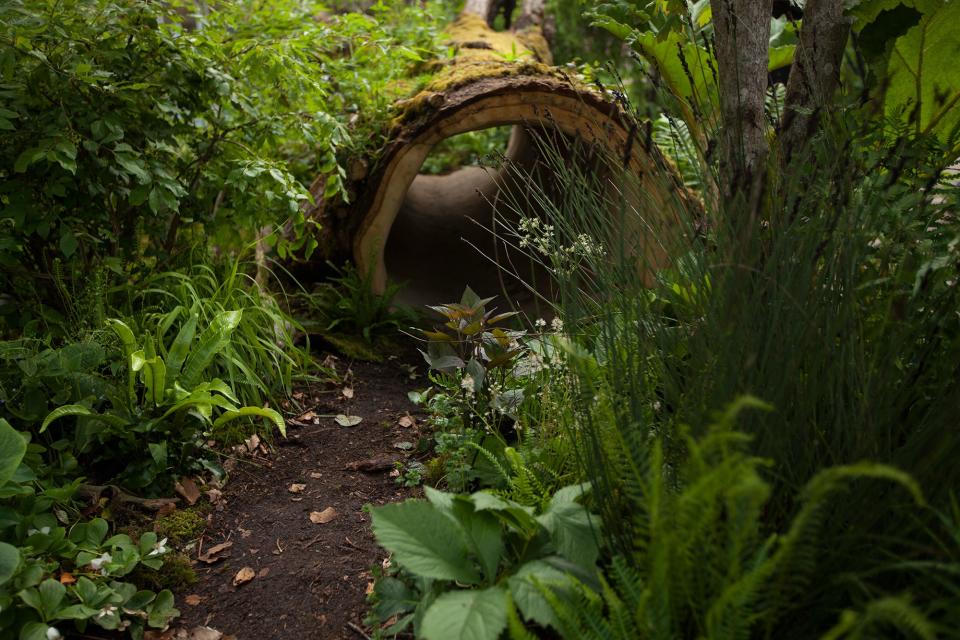
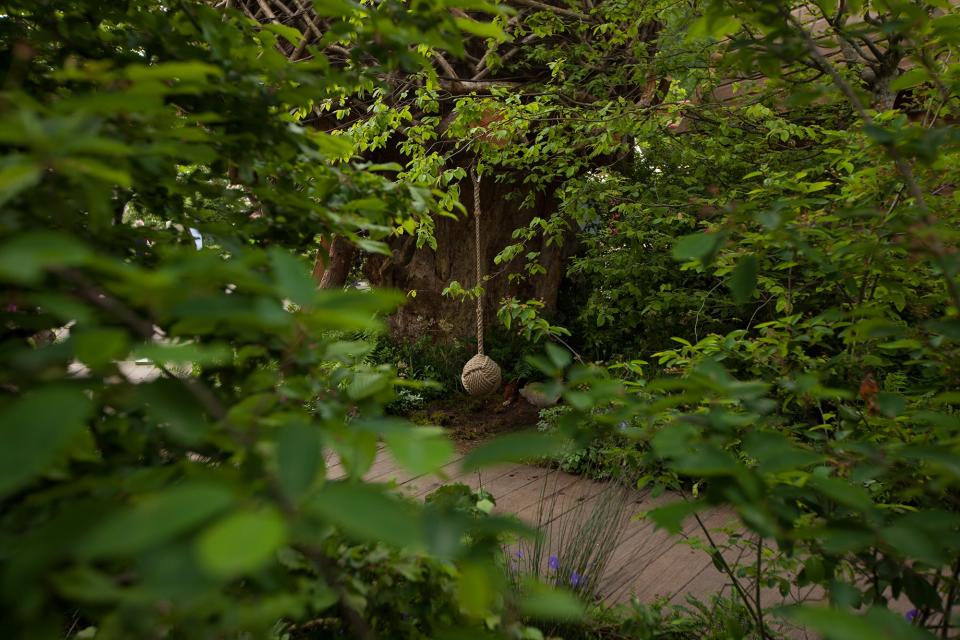
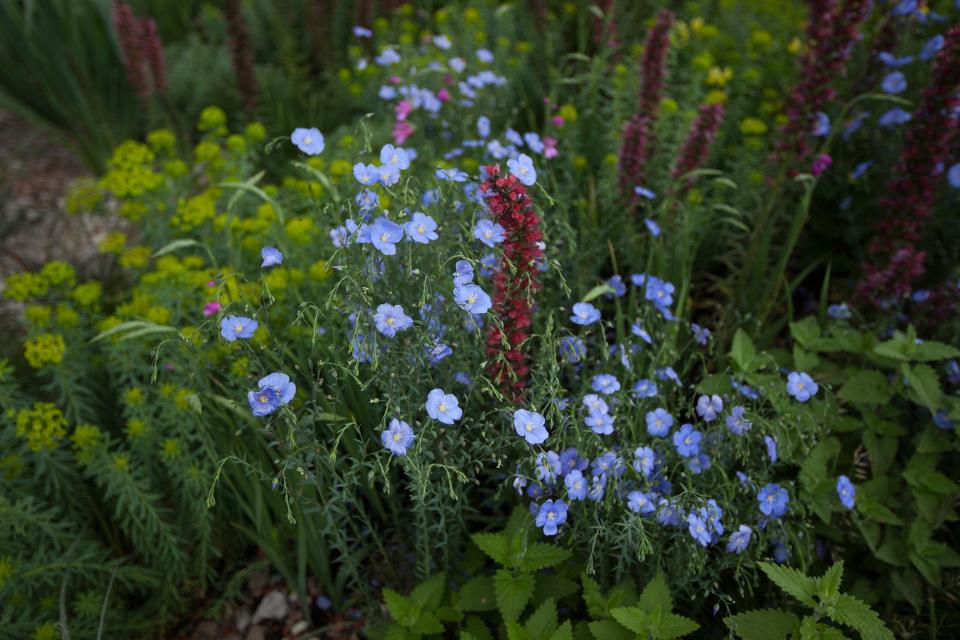
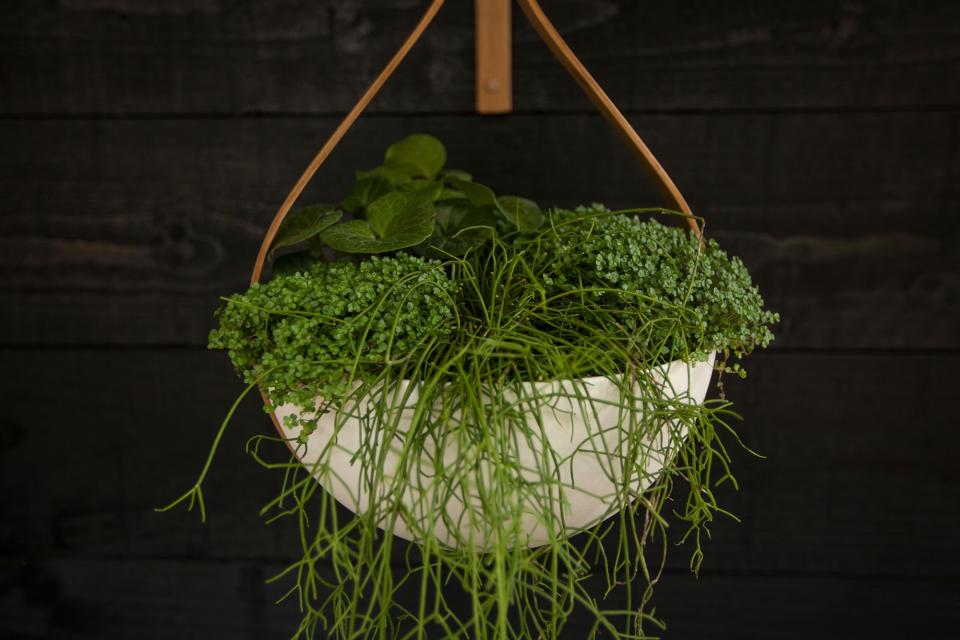
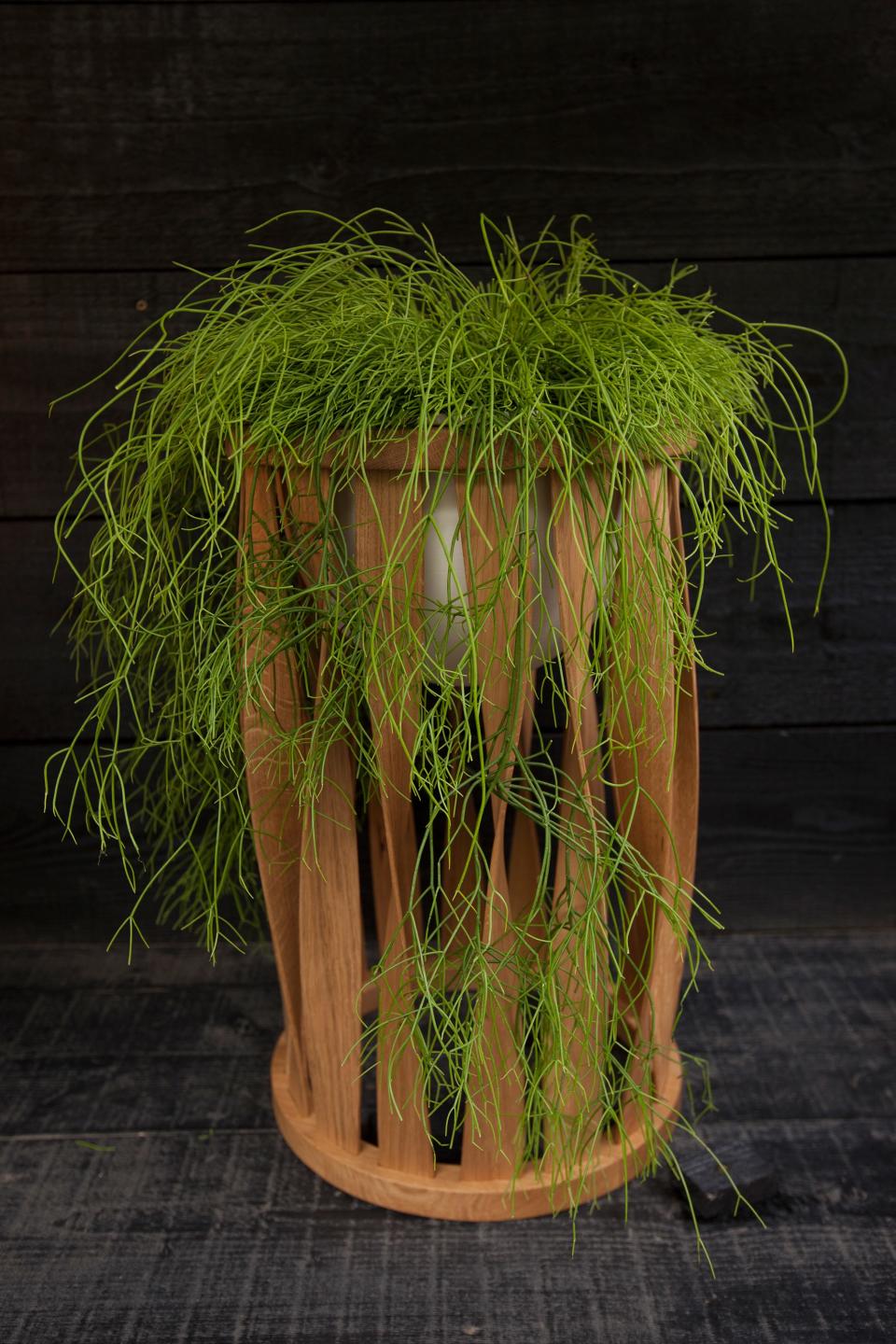
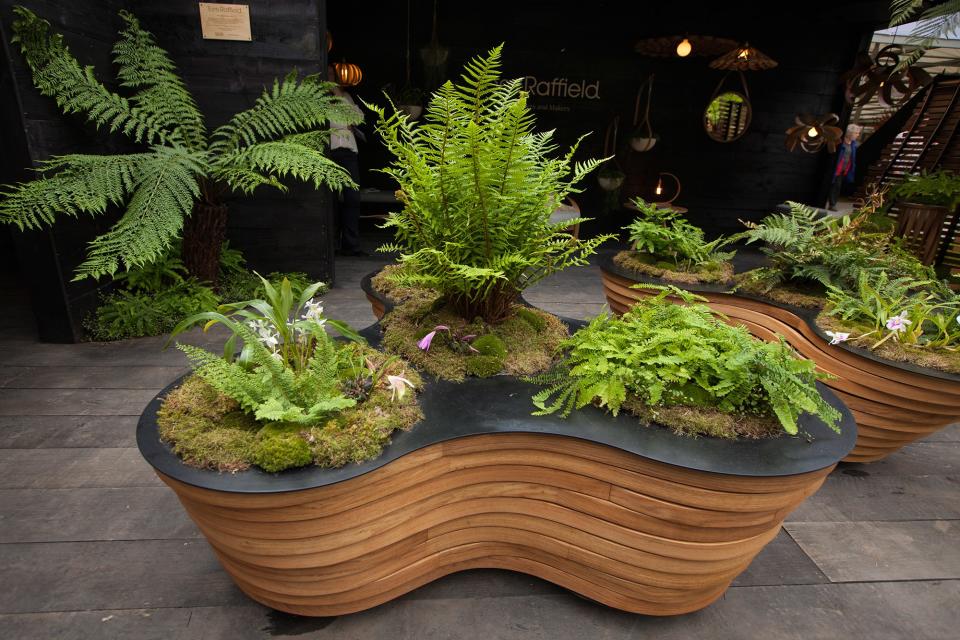
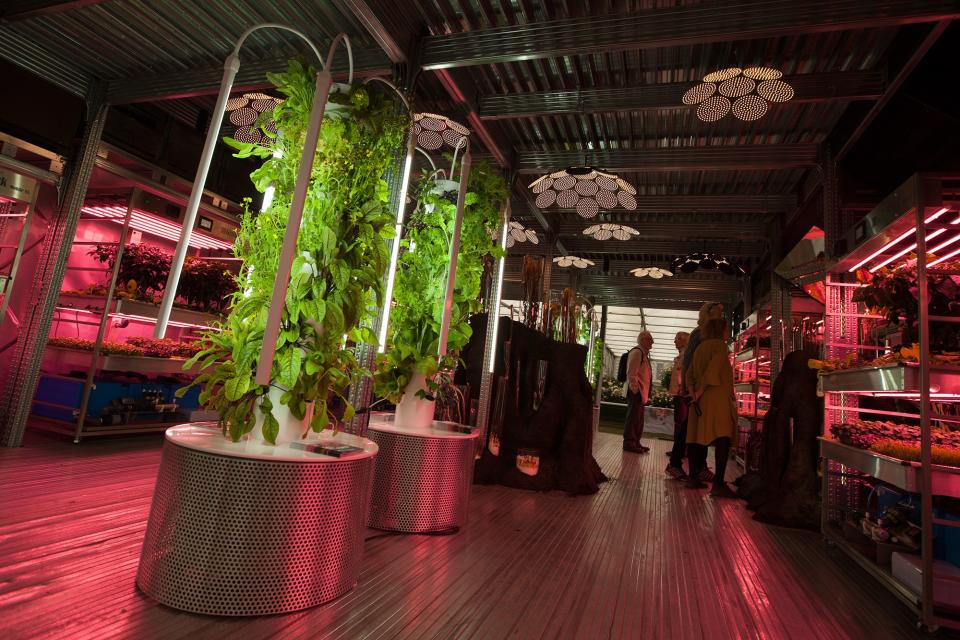
Just as Tom Dixon Studio sets the tone of Coal Drops Yard in London's King's Cross, so the designer has taken ownership of the Great Pavilion at this year's Chelsea Flower Show. In the center of this one-acre tent, which still retains the jollity and obsessive perfectionism of a village show, Tom Dixon's "Gardening Will Save the World" is an installation with sensible ideas about aeroponic growing (artificial light, no soil). It is also reminiscent, to this writer at least, of his 1980s warehouse parties. (Maybe it's the pink fluorescent lighting and surreal mounds of fungus.) At any rate, Chelsea is where design and science are dovetailing in a new way this year.
The mood is not for cubes of boxwood and precision-cut yew, but a wilder shagginess. The names of the gardens give it away: The Resilience Garden, the Back to Nature Garden. There are some fine trees, the more crooked the better. A leaning pine on Chelsea regular Chris Beardshaw's garden symbolizes this realism; it leans so far over that it is propped up on a wooden crutch. Drooping cedar and weeping beech are some of the well-chosen specimens on the Duchess of Cambridge's garden (designed in collaboration with landscape architects Davies White). There is also a rather lovely carved-out tree stump from the Queen's Norfolk estate Sandringham for little ones to crawl through and a rope knot for swinging on, the technique of which was demonstrated by the youngest Windsors on Sunday (with scuff marks to prove it).
Black, charred wood is a leitmotif around the show, partly because it is so flattering to green. As a designer and plantsman, Andy Sturgeon has proved that he has the goods for the coveted Best in Show, having now won it three times. Delivering on his promise of “big trees and big, bold leaves,” he gets the nod from Royal Horticultural Society judges, who only look kindly on designers who do what they say they are going to do. Here we have a beautifully directed woodland mise-en-scene, showing the power of plants to colonize and regenerate.
The Resilience Garden, designed by another Chelsea veteran Sarah Eberle, is a serious study of trees and the future of gardening. Despite the current plight of diseased British natives (the mighty oak, for instance, is banned from the show ground until further notice), this garden serves up alternatives which would not drastically change the outline of a native woodland—unless it was made up exclusively of monkey puzzle trees. The tulip tree, taken out of the context of an American garden where it is native, could be farmed sustainably for its timber. Bomb-proof Gingko, which resisted the last Ice Age and Hiroshima, is programmed to survive. This future landscape, which is filled with waves of bog-to-desert planting, is not a dystopia: it is the most fabulous garden, sporting a silo tower converted into an office. “This could put the shepherd hut business out of business,” Lady Carla Carlisle comments as we climb the stairs to admire the circular willow-clad room.
“That looks like a giant chicken feeder,” is the opinion of Arthur Parkinson, installed at the Sarah Raven booth across the way on Main Avenue. Arthur has experience with chickens, but also growing flowers from seed with spectacular results, as illustrated on his Instagram account and in his luscious book The Pottery Gardener. With flamingo feathers in his breast pocket and an otherwise enthusiastic attitude, he is one to watch, nay follow.
Former Art Director of Vogue, Sheila Jack has escaped from New York into an English garden, specifically as a newly trained landscaper. She designed the setting for Tom Raffield's steamed oak range of planters, hanging baskets, and curved trellis, inspired by Helston in Cornwall, where Sheila goes on holiday and where Tom has his studio. The fact that she draws brilliantly, and sees garden design and magazine design as inter-related disciplines, has stood her in good stead.
Gardening for wellbeing is a truism that even gardeners need to be reminded of, if they spend too much time staring at their computer screens. As therapy, gardening is gaining ground in the medical profession and in schools, and almost everyone I talk to mentions the miraculous effect of getting stuck in. Does soil emit endorphins? It does something special, which is why Monty Don and others will only garden with bare hands, while hairdresser Sam McKnight gardens with bare feet and bare hands.
“It's meditative; it's a feeling that comes from deep inside,” he says, adding: “It's so good to not have to speak to people; the silence is great.” Christopher Woodward, Director of London's Garden Museum, concurs: “I love the way your mind travels far away.” Sam's tip for gardening in bare hands, which no eager gardener will ever remember, is to rub soap into your nails before plunging them into the earth.
Originally Appeared on Vogue

